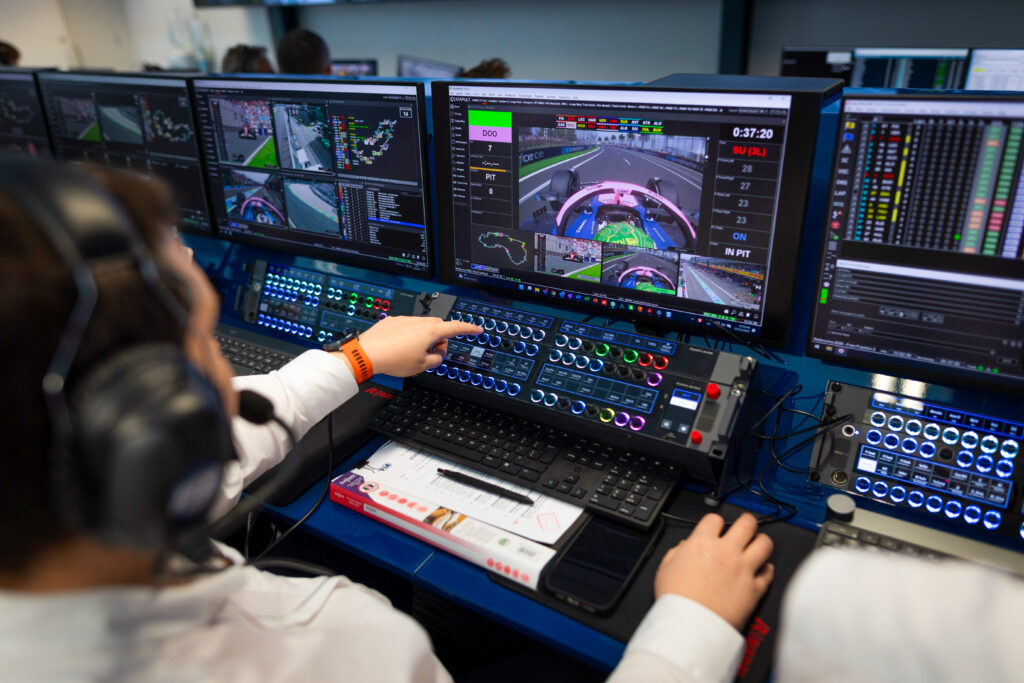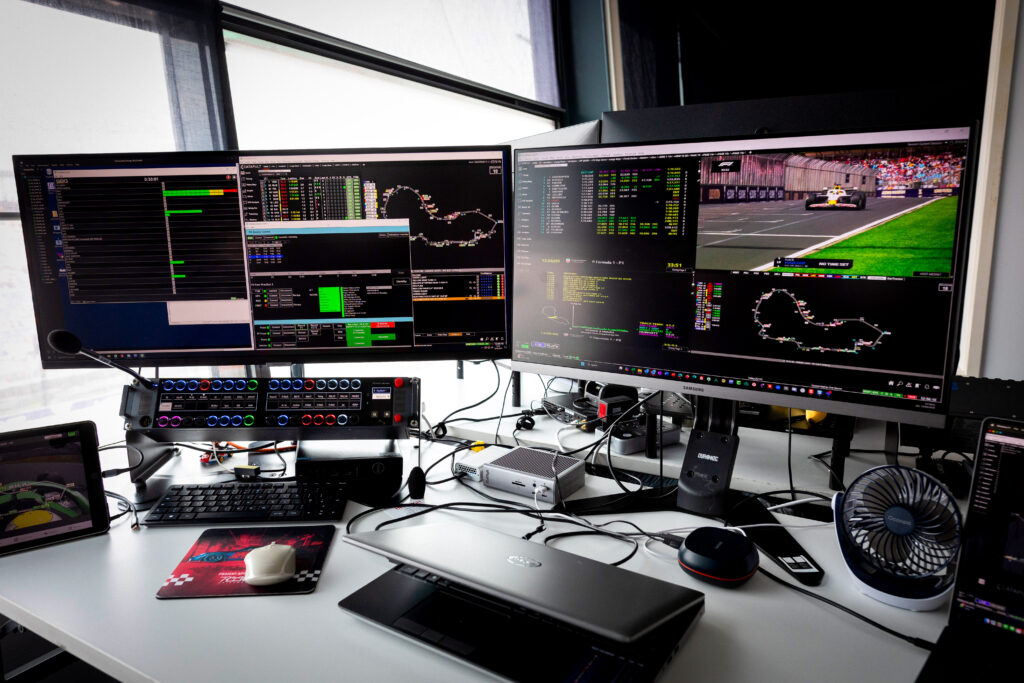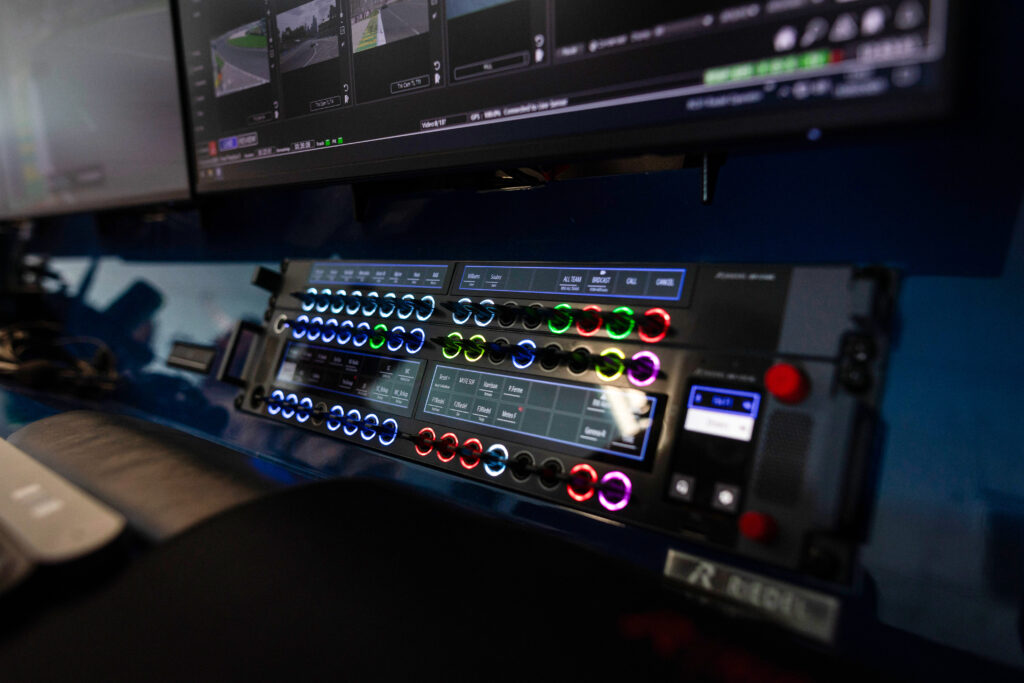15 Years of FIA x Catapult: How RaceWatch Is Powering the Future of Motorsport
This year marks 15 years of collaboration between Catapult and the FIA. What started as a shared ambition to enhance motorsport safety and operations has evolved into a deeply integrated, system-wide approach that touches every corner of the track: from the pit lane to the remote operations centre.
Together, we’ve delivered scalable innovations that power modern motorsport and are now influencing how other sports operate.

A New Era of Race Operations
The latest milestone in our partnership is the full integration of the Track Limits Computer Vision (TLCV) into the FIA’s decision-making infrastructure via Catapult’s RaceWatch system. Designed to handle the speed, complexity, and stakes of elite motorsport, this solution has significantly streamlined one of the sport’s most contentious areas: track limits policing.
In 2023, we collaborated to test and refine the system. By 2024, it was rolled out across FIA competitions. In 2025, we’re building on this success; improving accuracy, usability, and scaling support across multiple categories and circuits.
Chris Bentley, FIA Head of Information Systems Strategy: “Catapult’s systems aren’t just tools; they’re embedded into our day-to-day operations. From the stewards’ room to the pit wall, they’ve helped us modernize how we officiate, review, and communicate.”
Why It Matters
Track limits infractions happen at speeds of 300 kph. By the time a human official can react, a car is already two basketball courts away. In Miami this weekend, for example, multiply that by 20 cars, 57 laps, and 19 corners, and the need for automation is obvious.
Thanks to RaceWatch, FIA officials now only manually review 5% of cases that truly require attention. The system:
- Flags infractions within 1 second,
- Reduces manual oversight by 95%, and
- Saves over 1,000 hours of review time annually.
This means fewer delays, more consistent rulings, and more focus on officiating the race, not chasing it.

Behind the System
This isn’t just software. It’s an ecosystem:
- 120+ high-definition cameras across the circuit
- 4000+ sensors per car, transmitting data every millisecond
- RTAP and Focus Servers connecting real-time timing, telemetry, positioning data, and video
- Stewards Room and Remote Operations Centres (ROC) collaborating via Incident Hub in the cloud
Every input flows into RaceWatch, which acts as the central operating system of the race; triaging incidents, triggering penalties, syncing with LED light panels, and supporting decisions from both race control and remote officials.
Gareth Griffith, CTO at Catapult: “We’ve spent 15 years building systems that solve real problems for race directors and stewards. Track Limits Computer Vision is just the latest proof of what’s possible when technology is purpose-built for motorsport.”

A Global Footprint
Since 2009, FIA and Catapult have supported:
- Over 1,000 races across Formula 1, WEC, and Formula E
- More than 300 Grands Prix
- Real-time performance and safety tracking in every championship
And it doesn’t stop there, RaceWatch is now informing officiating and analysis workflows in other sports like football, rugby, and hockey. The same real-time monitoring built for the pit wall is now being used at the sidelines.
What’s Next
As we move into the 2025 motorsport season, Catapult and the FIA will continue pushing the boundaries of innovation. We remain committed to evolving RaceWatch, the TLCV, and many other innovations will further enhance officiating efficiency and accuracy across global competitions.
Together, we will continue to set new standards for safety, efficiency, and performance in motorsport, ensuring race operations meet the demands of modern competition.